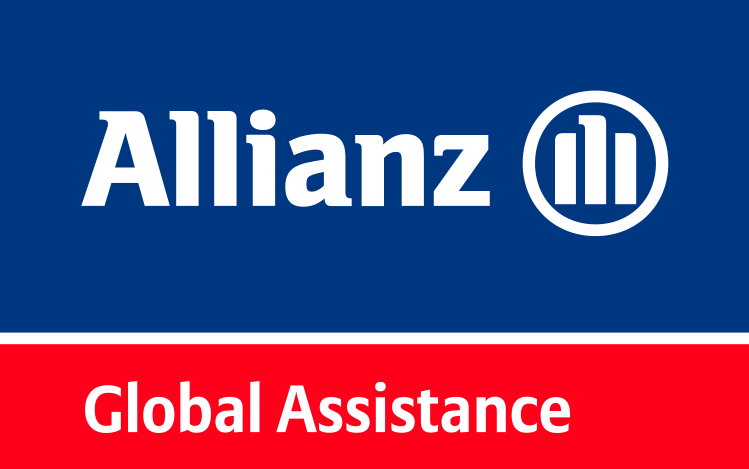Chobe National Park in Botswana has the world’s largest concentration of elephants. The park also offers great options for river-based Safaris for spotting a plethora of animals on the shores of the Okavango Delta.
Masai Mara National Reserve is one place where you can witness The Great Migration, an incredible natural phenomenon. Every year, “millions of wildebeest and zebras cross the Mara River from the Serengeti in southern Tanzania into Kenya’s Masai Mara National Reserve,” writes Lonely Planet.
Namibia has excellent options for self-driving safaris. “The classic circuit starts in Windhoek, where you’ll rent a fully equipped 4WD camper van or a decent gravel-road car. From there, you’ll head to Sossusvlei in the Namib Desert for incredible vistas, circle up to Swakopmund for coastal adventures and end at Etosha National Park, where elephants, rhinos and giraffes strut their stuff,” writes Lonely Planet.
Kruger National Park in South Africa is a great destination for first-time safari goers. Plenty of touring companies offer a range of Safari options for all budgets and self-driving safaris are possible on the park’s paved roads. You will see the Big Five, giraffes, cheetahs and more!
Serengeti National Park in Tanzania offers big cat sightings year-round on the Seronera River. This huge park – ten times larger than Masai Mara in Kenya – has astounding habitat diversity. You’ll be amazed by the Serengeti’s plains, woodlands and riverine forests.
As a world leader in travel protection, Allianz Global Assistance helps many Canadians and visitors to Canada annually answer the call of adventure with confidence every year. Let us be there for you too.
This content is not intended to be a substitute for professional medical advice, diagnosis, or treatment. Always seek the advice of your physician or other qualified health provider with any questions you may have regarding a medical condition.
Travel insurance is underwritten by CUMIS General Insurance Company, a member of The Co-operators Group of Companies, administered by Allianz Global Assistance, which is a registered business name of AZGA Service Canada Inc.

